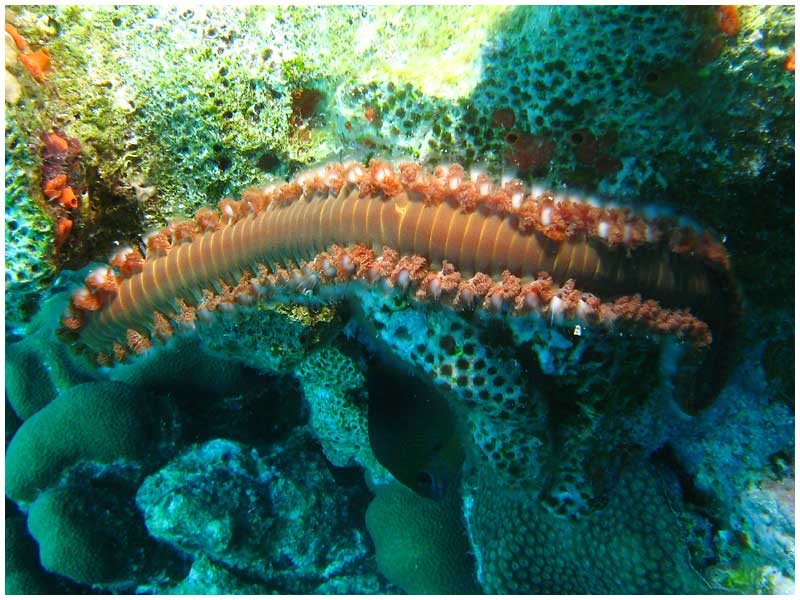Beneath the Pacific waves off Costa Rica’s coast, amidst methane seeps that bubble like nature’s own jacuzzi, marine biologists have stumbled upon a spectacle that’s got the scientific community buzzing. Meet Pectinereis strickrotti, the latest sensation from the ocean’s depth, discovered by the intrepid team led by Greg Rouse of UC San Diego’s Scripps Institution of Oceanography. This isn’t just any worm; it’s a testament to the ocean’s endless mysteries and a nod to the dedication of those who dare to explore its depths.
A Discovery Decades in the Making
Thirteen years post its inauguration, the Costa Rican National Stadium is finally embracing the future. Thanks to the vision of Diana Posada Solís and a $1.5 million investment, athletes are about to get their feet on a first-world synthetic track. Beyond the surface, there’s a whole lot of shaking and fixing, with infrastructure and maintenance works set to bring the stadium up to snuff. All this excitement, however, comes with a catch – a three-month pause on events. But hey, good things come to those who wait, right?
The naming of Pectinereis strickrotti pays homage to Bruce Strickrott of the Woods Hole Oceanographic Institution, a deep-sea maestro whose piloting prowess in the Alvin submersible was instrumental in the worm’s collection. The worm itself, a member of the ragworm family, boasts an elegant elongation, complete with gill-tipped appendages that might just make it the belle of the methane seep ball.
Not Just Another Worm
The discovery of Pectinereis strickrotti is a notch in the belt for the Scripps team, marking the 48th new species they’ve unveiled from the Costa Rican methane seeps. These ecosystems, where methane bubbles from beneath the seafloor, are bustling metropolises of marine life, powered by methane-munching microbes. At the heart of this bustling underwater city, you’ll find our newly discovered worm, living its best life among mussels, crabs, and its polychaete brethren.
Strickrott’s first brush with these elusive creatures was back in 2009, but it wasn’t until a return visit in 2018 that the team managed to gather specimens for study. Their persistence paid off, revealing a species as graceful as it is intriguing. With large spines and gill-covered parapodia, Pectinereis strickrotti is a creature of mystery, thriving in the perpetual night of the deep sea.
The Deep-Sea Riddle Continues
What does Pectinereis strickrotti eat? How does it reproduce? These are questions still swimming in the minds of Rouse and his team. Yet, what’s clear is the significance of this discovery. It’s a vivid reminder of the ocean’s vast, uncharted territories and the richness of life that resides within. As Rouse aptly puts it, “We’ve spent years trying to name and describe the biodiversity of the deep sea… We need to keep exploring the deep sea and to protect it.”
As Scripps researchers gear up for future expeditions, the story of Pectinereis strickrotti serves as a beacon for the importance of ocean exploration. With millions of specimens in the Scripps Oceanographic Collections, each discovery is a piece of the puzzle, contributing to our understanding of the marine world.
To those intrigued by the mysteries of the deep, the story of Pectinereis strickrotti is a call to action—a reminder of the vast unknowns lying beneath the waves and the crucial role of research and preservation in unraveling them.


1 comment
[…] Source link […]